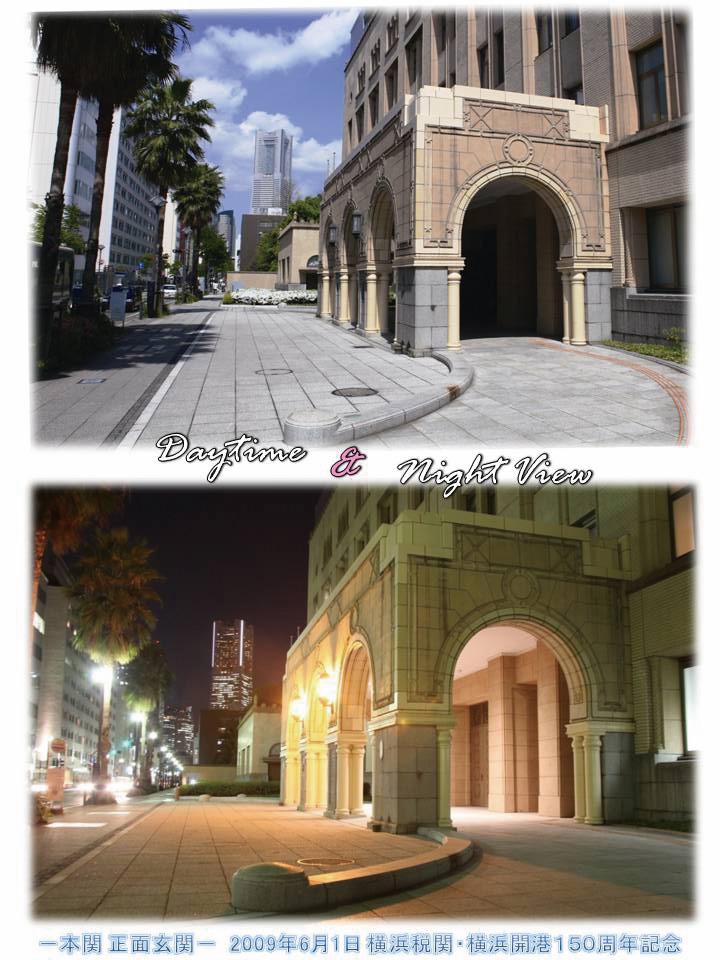[5] History of Yokohama Port and Yokohama Customs
This is a graphic chronology clearly shows the “History of Yokohama Port and Yokohama Customs” from the opening of the country to the present days using photographs and pictures.
This section outlines the contents of the displayed chronology.
1853--1859: Opening of Yokohama Port
Japan had been under the National Isolation Policy for about 200 years since 1635, but American warships came over in 1853 and demanded Japan to open the country. Afterward, Japan opened three ports including Yokohama Port in 1859 and “Kanagawa Unjosho (checkpoint, predecessor of Customs)” was established.
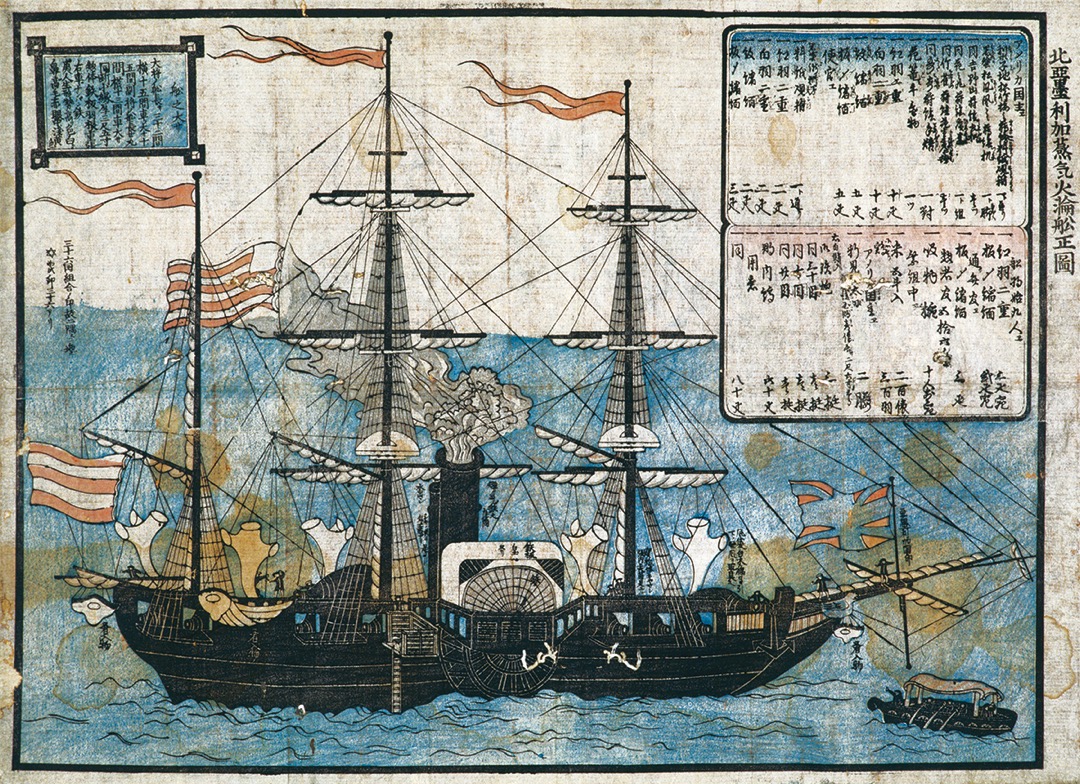
Possession of Yokohama City Central Library
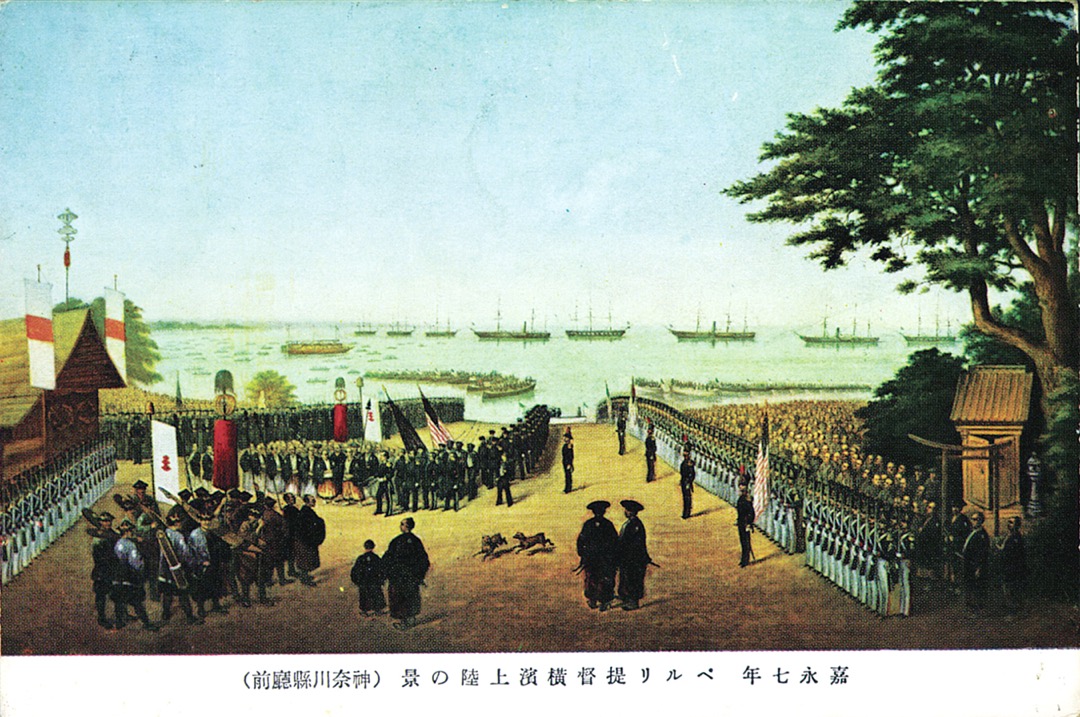
Possession of Yokohama City Central Library

Possession of Yokohama City Central Library
1860--1913: Steps as a modern country and development of trade
Yokohama Port became the center of Japan’s trade in the year following the port opened. Japan was reborn as a modern country due to the Meiji Restoration (recovery of the imperial sovereignty which brought the Shogunate System to an end) in 1868 and its trade also developed. In 1872, every Unjosho was renamed “Customs” and Yokohama Customs was born.
After that, Japan sharply increased its exports due to effects of the First Japan-China War in 1894 and the Japan-Russia War in 1904, and became the No. 1 exporter of raw silk in 1909.

Possession of Yokohama City Central Library

Possession of Yokohama City Central Library
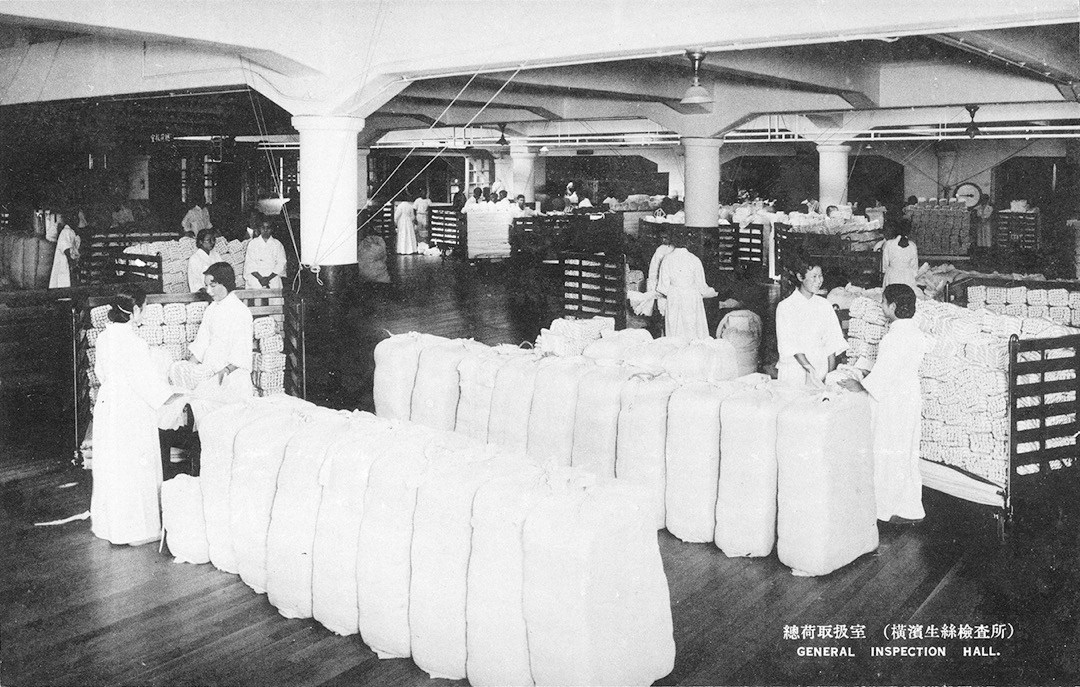
Possession of Yokohama City Central Library
1914--1945: The earthquake and World Wars significantly changed trade and customs service
Although Japan’s trade volume further expanded due to World War I in 1914, the building of Yokohama Customs (2nd generation) collapsed by the Great Kanto Earthquake in 1923 and the port/bay area also suffered huge damage. Then the current building of Yokohama Customs (3rd generation) was completed in 1934, 11 years after the earthquake.
In 1939, World War II broke out and the port facilities were made into military base due to intensification of the war, which resulted in a significant decrease in foreign vessels’ entrance into and leave from the port and trade. In 1943, the customs control system was abolished, and Yokohama Customs temporally suspended its services after its integration into the Yokohama Maritime Bureau. In 1945, the Yokohama Great Air Attack destroyed the entire area of Yokohama City.
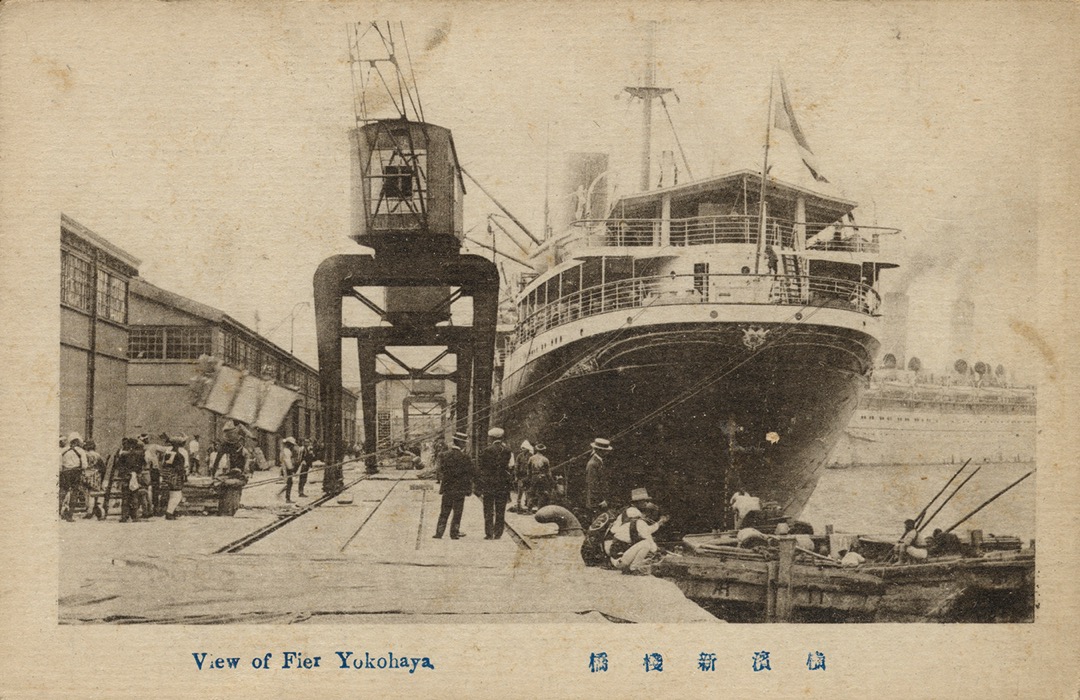
Possession of Yokohama City Central Library
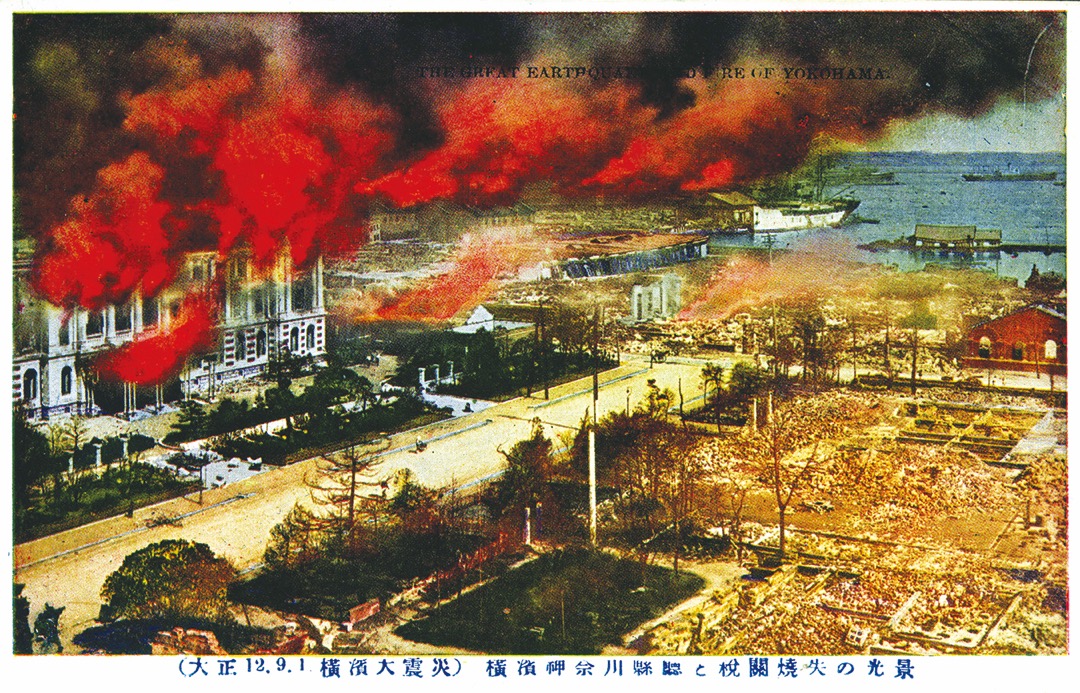
Possession of Yokohama City Central Library

Exhibited in Yokohama customs archives

Possession of the editorial office of the history of Yokohama city
1945--1990: End of World war Ⅱ; Economy grew and trade expanded rapidly
Due to the end of World War II on August 15, 1945, 90% of Yokohama port/bay facilities including Yokohama Customs were condemned by the U.S. forces, but Yokohama Customs resumed its services in 1946.
Since then, Japan’s trade volume has expanded along with its economic growth. Honmoku Pier, the first pier for container cargo in Yokohama Port, was constructed in 1970 to deal with large volume of trade.

Possession of Yokohama city history archives
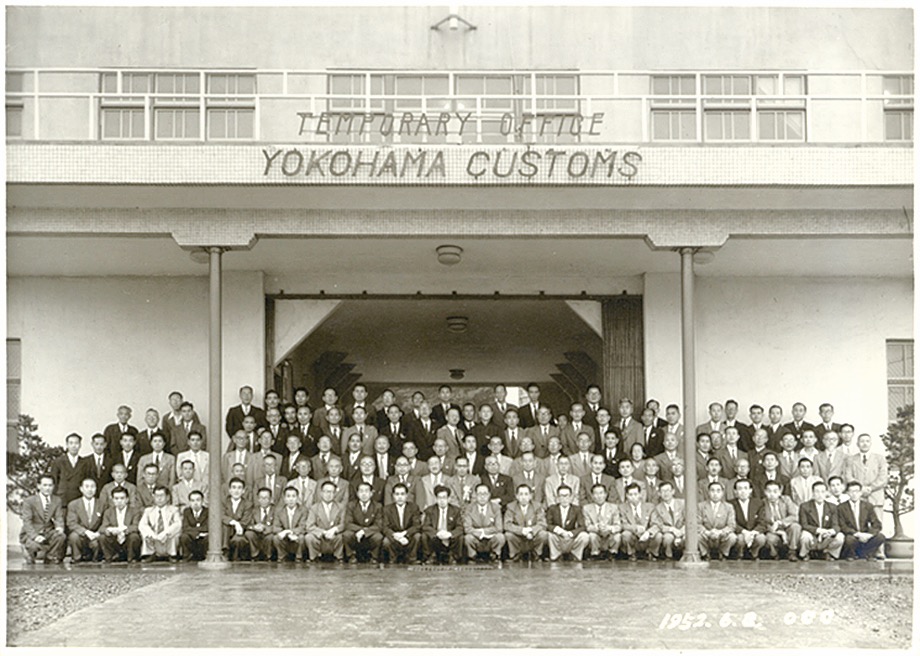
Yokohama Customs

Provided by Yokohama Kan-yu-kai
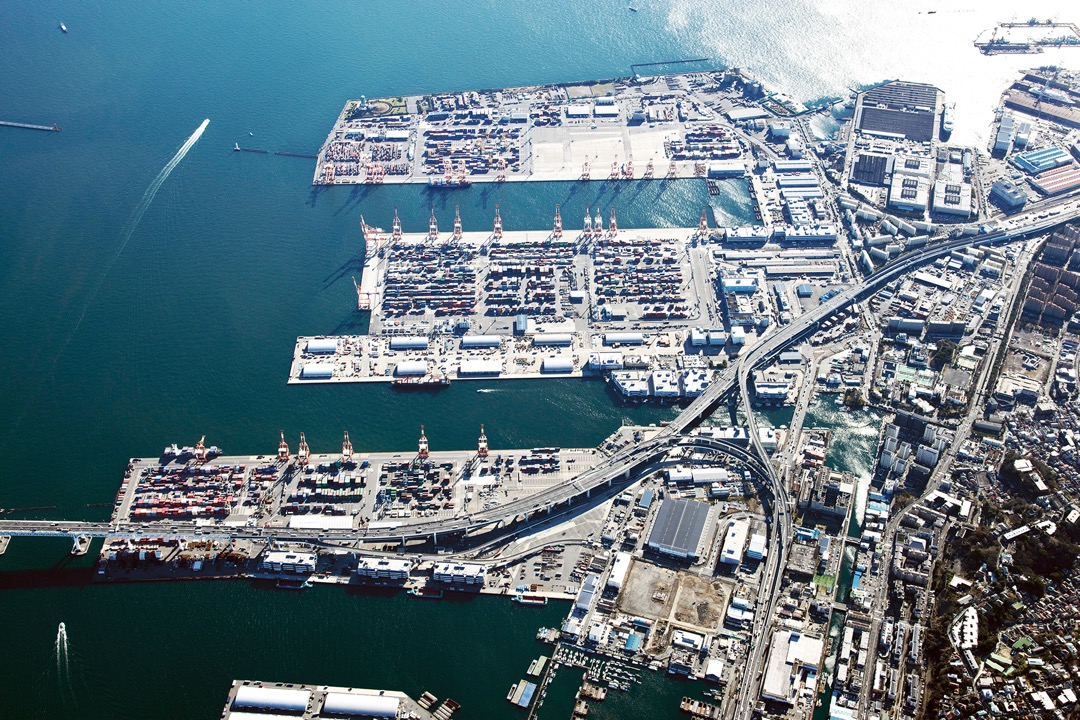
Provided by Yokohama Port & Harbor Bureau
1991--: Increased large-scale smuggling cases and controlling measures
As smuggling cases of illegal drugs increased in scale and number, Yokohama Customs introduced drug detector dogs in 1991 and the first large-scale X-ray inspection system in Japan was introduced in Honmoku Pier in 2001.
Then, the building of Yokohama Customs was renovated drastically in 2003. In 2009, Yokohama Customs and Yokohama Port commemorated the 150th anniversary of their opening. Today, Yokohama Customs, together with Yokohama Port, is contributing to the expansion of trade and secured society in Japan.
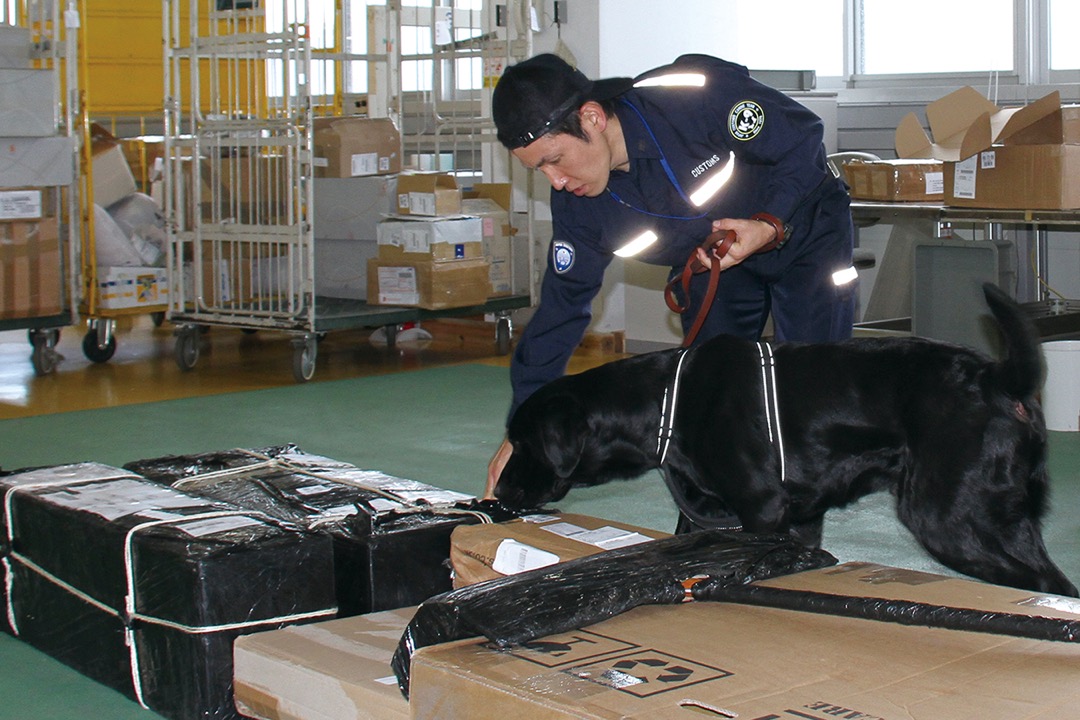
Yokohama customs

Yokohama customs

Yokohama customs

